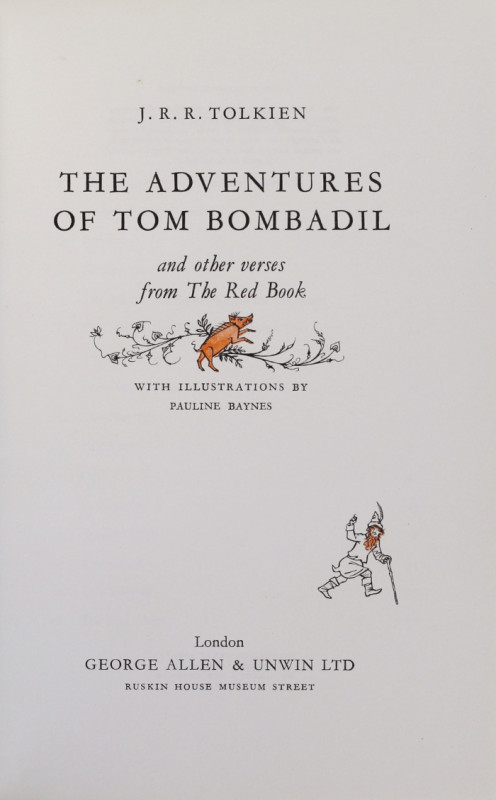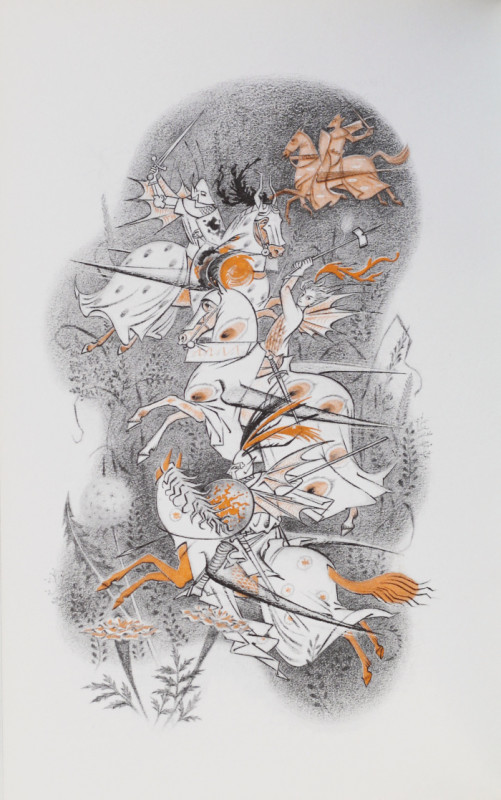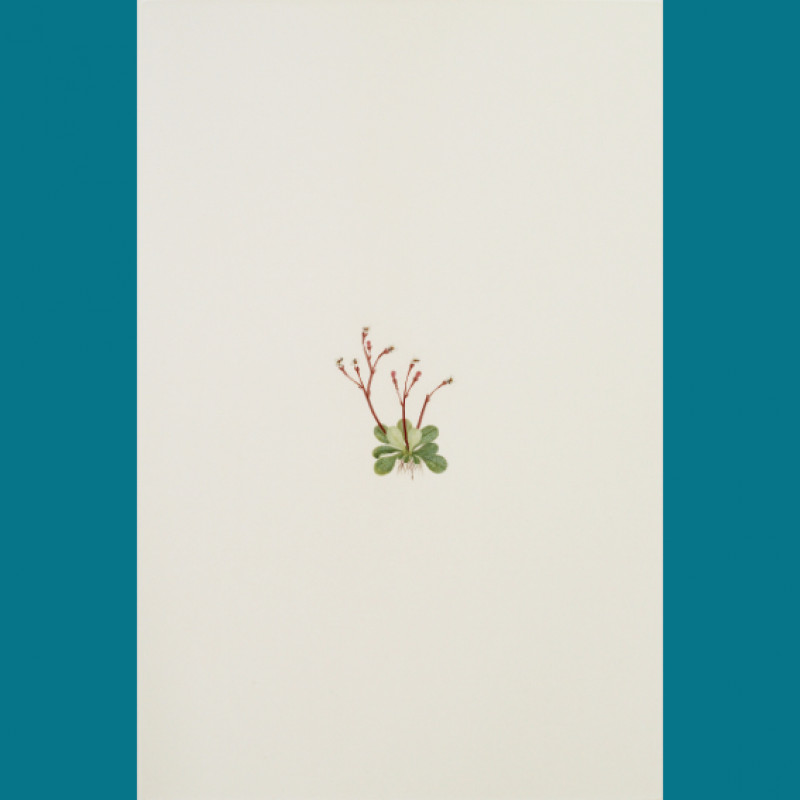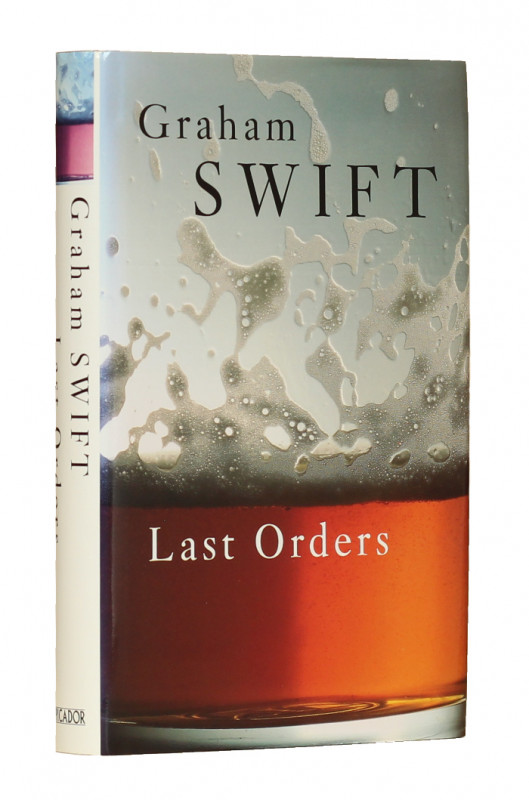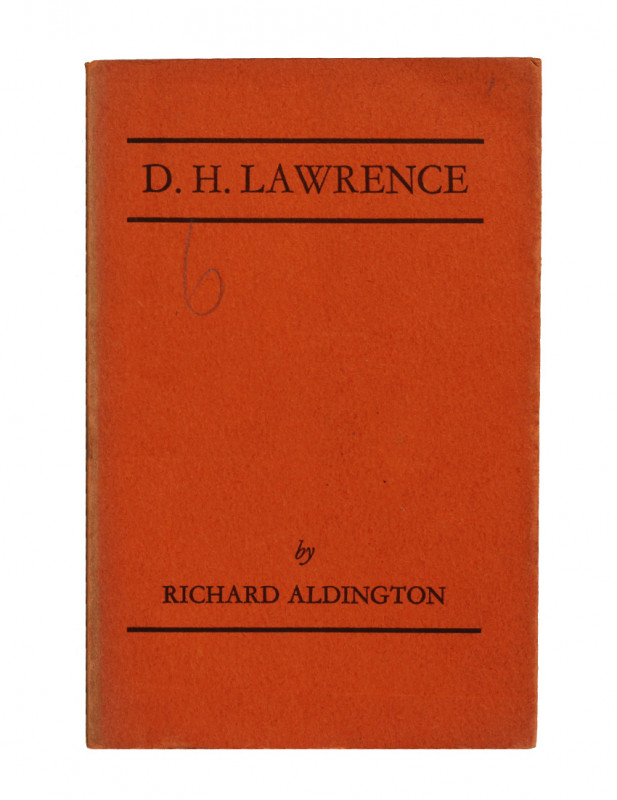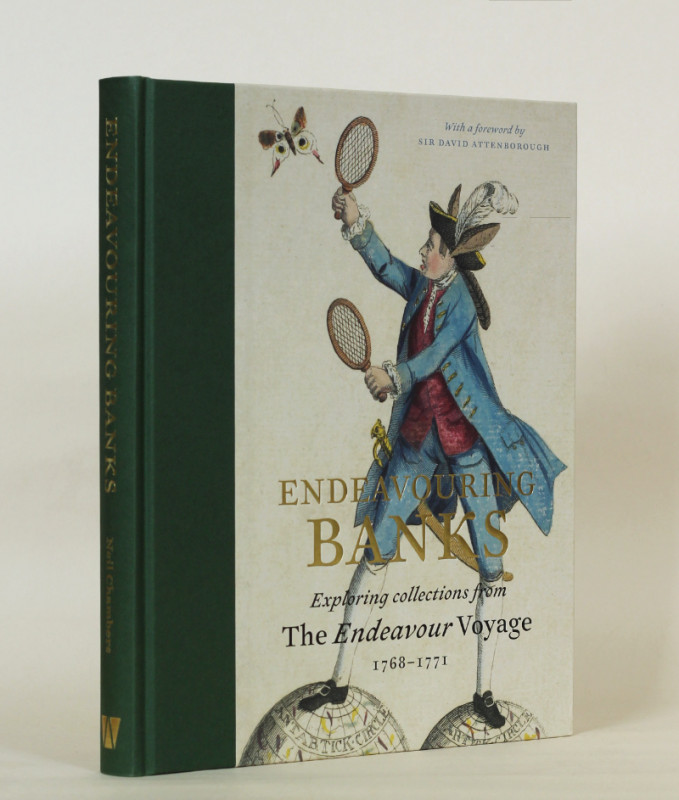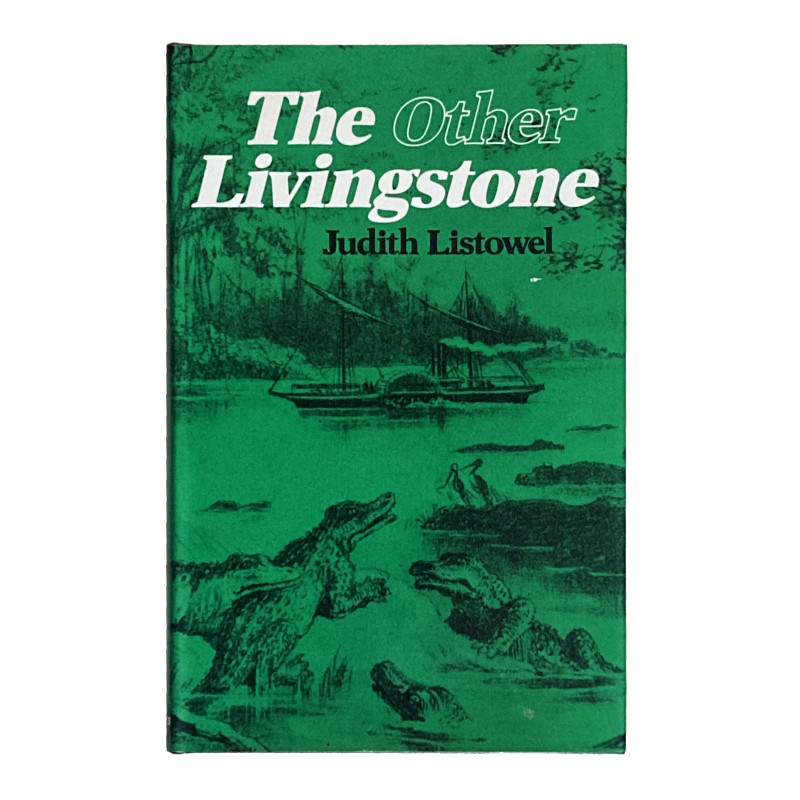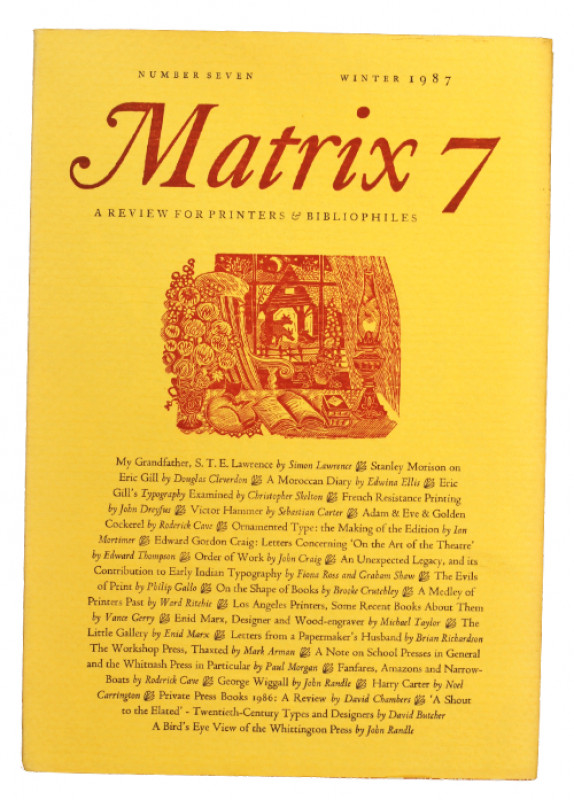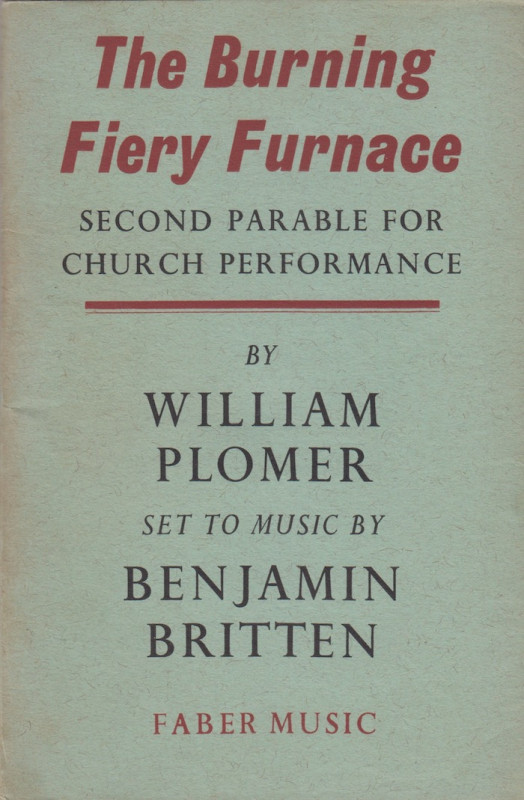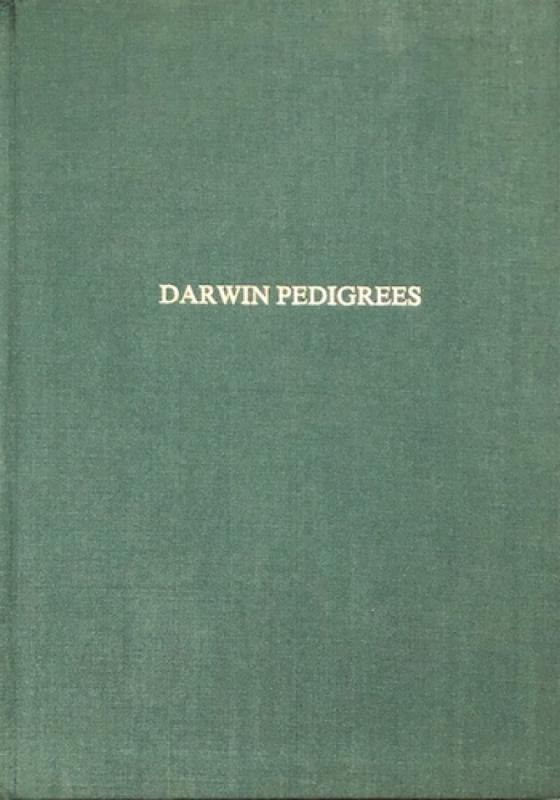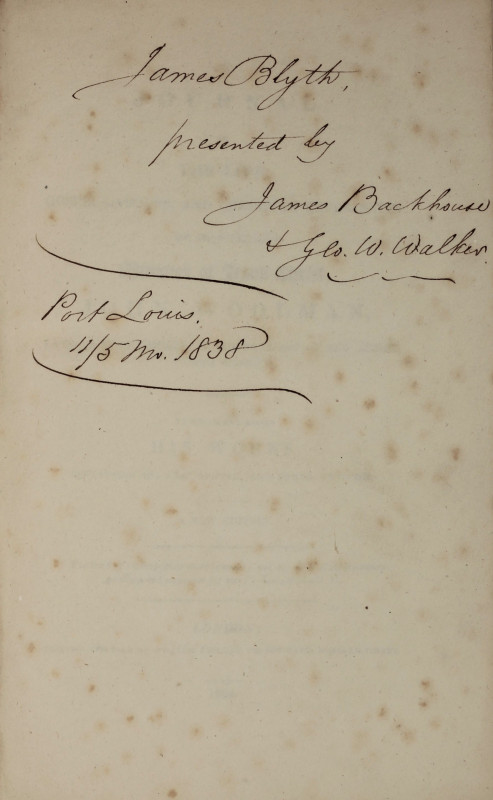The Adventures of Tom Bombadil and Other Verses from The Red Book
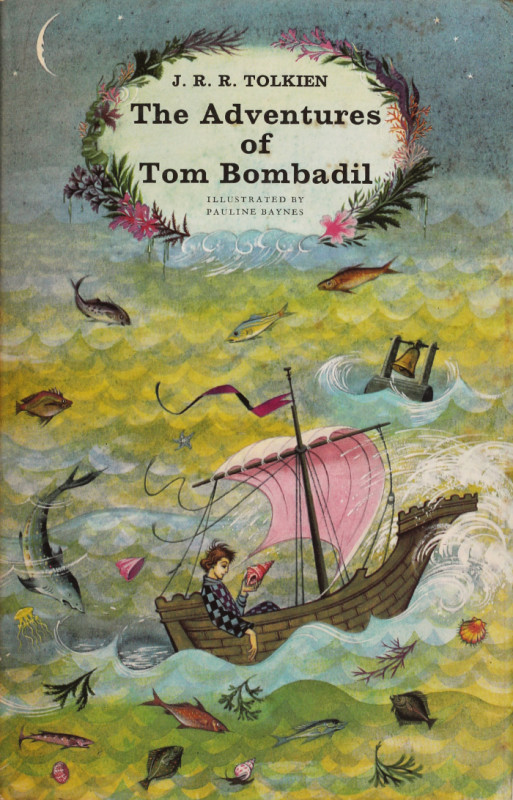



Book Description
THE FIRST EDITION, FIRST IMPRESSION OF TOM BOMADIL’S ILLUSTRATED ADVENTURES, WITH THE DUSTWRAPPER
Octavo (222 x 140mm), pp. 64. Title illustrated in black and orange with facing orange vignette after Pauline Baynes, 6 full-page illustrations printed in black and orange, 16 headpieces surrounding poem titles of which one printed in black and orange,14 tailpiece illustrations of which 3 printed in black and orange, 13 illustrations in the text of which one printed in black and orange, and 2 black-and-white vignettes facing beginnings of Preface and poems. Original paper over boards with colour illustration after Baynes, upper board and spine lettered in black, dustwrapper repeating board design, not price-clipped. (Extremities lightly rubbed and bumped, spine very lightly faded, endpapers very lightly spotted, dustwrapper lightly rubbed and creased at edges with light chipping on spine ends, 4mm closed tear at foot of spine, verso lightly spotted.) A very good copy. Provenance: Raymond Emil Maddison (1931-2003, engraved armorial bookplate on upper pastedown).
Octavo (222 x 140mm), pp. 64. Title illustrated in black and orange with facing orange vignette after Pauline Baynes, 6 full-page illustrations printed in black and orange, 16 headpieces surrounding poem titles of which one printed in black and orange,14 tailpiece illustrations of which 3 printed in black and orange, 13 illustrations in the text of which one printed in black and orange, and 2 black-and-white vignettes facing beginnings of Preface and poems. Original paper over boards with colour illustration after Baynes, upper board and spine lettered in black, dustwrapper repeating board design, not price-clipped. (Extremities lightly rubbed and bumped, spine very lightly faded, endpapers very lightly spotted, dustwrapper lightly rubbed and creased at edges with light chipping on spine ends, 4mm closed tear at foot of spine, verso lightly spotted.) A very good copy. Provenance: Raymond Emil Maddison (1931-2003, engraved armorial bookplate on upper pastedown).
Dealer Notes
First edition, first impression. The Adventures of Tom Bombadil was published on 22 November 1962, just in time for the 1962 Christmas market. Its origins, however, date from a quarter of a century earlier.
In December 1937, about 3 months after the publication of The Hobbit, Tolkien wrote to Stanley Unwin proposing the poem ‘The Adventures of Tom Bombadil’ – which had previously appeared in the Oxford Magazine in 1934 – for publication. Unwin’s son Rayner responded that The Hobbit was already very successful and another story, that of Old Took’s great grand-uncle, Bullroarer, might be better to publish as a continuation of The Hobbit, ‘for Bilbo could tell it to Gandalf and Balin in his hobbit hole when they visited him. [...] Neither Rayner’s preference nor a prose tale of Tom Bombadil was written, but the character was introduced into The Lord of the Rings’ (Hammond and Anderson, p. 177).
It was not until 1961 that the present volume was proposed by Unwin’s aunt, Jane Neave, who ‘asked him to “get out a small book with Tom Bombadil at the heart of it, the sort of size of book that we old ’uns can afford to buy for Christmas presents”’, and the original poem was chosen for this purpose, to be illustrated by Pauline Barnes, ‘who had so successfully illustrated Farmer Giles of Ham’ (1949) (loc. cit.).
The poems included in The Adventures of Tom Bombadil are from the fictional hobbit manuscript familiar to all Hobbit and Lord of the Rings readers, the Red Book. In his Preface, always the manuscript scholar, Tolkien sets the scene:
'The Red Book contains a large number of verses. A few are included in the narrative of the Downfall of the Lord of the Rings or in attached stories and chronicles; many are found on loose leaves, while some are written carelessly in margins and blank spaces. [...] The present selection is taken from the older pieces, mainly concerned with legends and jests of the Shire at the end of the Third Age, that appear to have been made by Hobbits, especially by Bilbo and his friends, or their immediate descendants' (The Adventures of Tom Bombadil, Preface, p. 7).
The sixteen poems include ‘Oliphaunt’ which Sam Gamgee declared ‘traditional in the Shire’ in Lord of the Rings; ‘Errantry’, ‘an example of another kind which seems to have amused Hobbits: a rhyme or story which returns to its own beginning, and so may be recited until the hearers revolt’ (loc. cit.); and poems witnessing ‘the end of the Third Age, and the widening of the horizons of the Shire by contact with Rivendell and Gondor’ (p. 8).
Tolkien had some doubts throughout the one-year publication process, but Rayner Unwin’s support saw the finalisation of galley proofs in June, that of Pauline Baynes’s illustrations around the end of August, and, finally, that of the binding and dustwrapper by the end of October 1962.
The Adventures of Tom Bomadil was an instant success. Even before its publication, Allen & Unwin ‘sold approximately 5,000 copies’ of the book, so that ‘a second impression was needed immediately’ (Hammond and Anderson, p. 180). In the second impression the positioning of two poems was changed, in order to position the colour illustration for the poem ‘Cat’ directly beside it. The present copy is the first impression, with ‘Cat’ on p. 48 and ‘Fastitocalon’ on pp. 49 and 51, surrounding the illustration for ‘Cat’.
W.G. Hammond and D.A. Anderson, J.R.R. Tolkien, A6.
In December 1937, about 3 months after the publication of The Hobbit, Tolkien wrote to Stanley Unwin proposing the poem ‘The Adventures of Tom Bombadil’ – which had previously appeared in the Oxford Magazine in 1934 – for publication. Unwin’s son Rayner responded that The Hobbit was already very successful and another story, that of Old Took’s great grand-uncle, Bullroarer, might be better to publish as a continuation of The Hobbit, ‘for Bilbo could tell it to Gandalf and Balin in his hobbit hole when they visited him. [...] Neither Rayner’s preference nor a prose tale of Tom Bombadil was written, but the character was introduced into The Lord of the Rings’ (Hammond and Anderson, p. 177).
It was not until 1961 that the present volume was proposed by Unwin’s aunt, Jane Neave, who ‘asked him to “get out a small book with Tom Bombadil at the heart of it, the sort of size of book that we old ’uns can afford to buy for Christmas presents”’, and the original poem was chosen for this purpose, to be illustrated by Pauline Barnes, ‘who had so successfully illustrated Farmer Giles of Ham’ (1949) (loc. cit.).
The poems included in The Adventures of Tom Bombadil are from the fictional hobbit manuscript familiar to all Hobbit and Lord of the Rings readers, the Red Book. In his Preface, always the manuscript scholar, Tolkien sets the scene:
'The Red Book contains a large number of verses. A few are included in the narrative of the Downfall of the Lord of the Rings or in attached stories and chronicles; many are found on loose leaves, while some are written carelessly in margins and blank spaces. [...] The present selection is taken from the older pieces, mainly concerned with legends and jests of the Shire at the end of the Third Age, that appear to have been made by Hobbits, especially by Bilbo and his friends, or their immediate descendants' (The Adventures of Tom Bombadil, Preface, p. 7).
The sixteen poems include ‘Oliphaunt’ which Sam Gamgee declared ‘traditional in the Shire’ in Lord of the Rings; ‘Errantry’, ‘an example of another kind which seems to have amused Hobbits: a rhyme or story which returns to its own beginning, and so may be recited until the hearers revolt’ (loc. cit.); and poems witnessing ‘the end of the Third Age, and the widening of the horizons of the Shire by contact with Rivendell and Gondor’ (p. 8).
Tolkien had some doubts throughout the one-year publication process, but Rayner Unwin’s support saw the finalisation of galley proofs in June, that of Pauline Baynes’s illustrations around the end of August, and, finally, that of the binding and dustwrapper by the end of October 1962.
The Adventures of Tom Bomadil was an instant success. Even before its publication, Allen & Unwin ‘sold approximately 5,000 copies’ of the book, so that ‘a second impression was needed immediately’ (Hammond and Anderson, p. 180). In the second impression the positioning of two poems was changed, in order to position the colour illustration for the poem ‘Cat’ directly beside it. The present copy is the first impression, with ‘Cat’ on p. 48 and ‘Fastitocalon’ on pp. 49 and 51, surrounding the illustration for ‘Cat’.
W.G. Hammond and D.A. Anderson, J.R.R. Tolkien, A6.
Author
TOLKIEN, John Ronald Reuel and Pauline BAYNES (illustrator)
Date
1962
Publisher
London: Jarrold and Sons Ltd for George Allen & Unwin Ltd
Friends of the PBFA
For £10 get free entry to our fairs, updates from the PBFA and more.
Please email info@pbfa.org for more information
